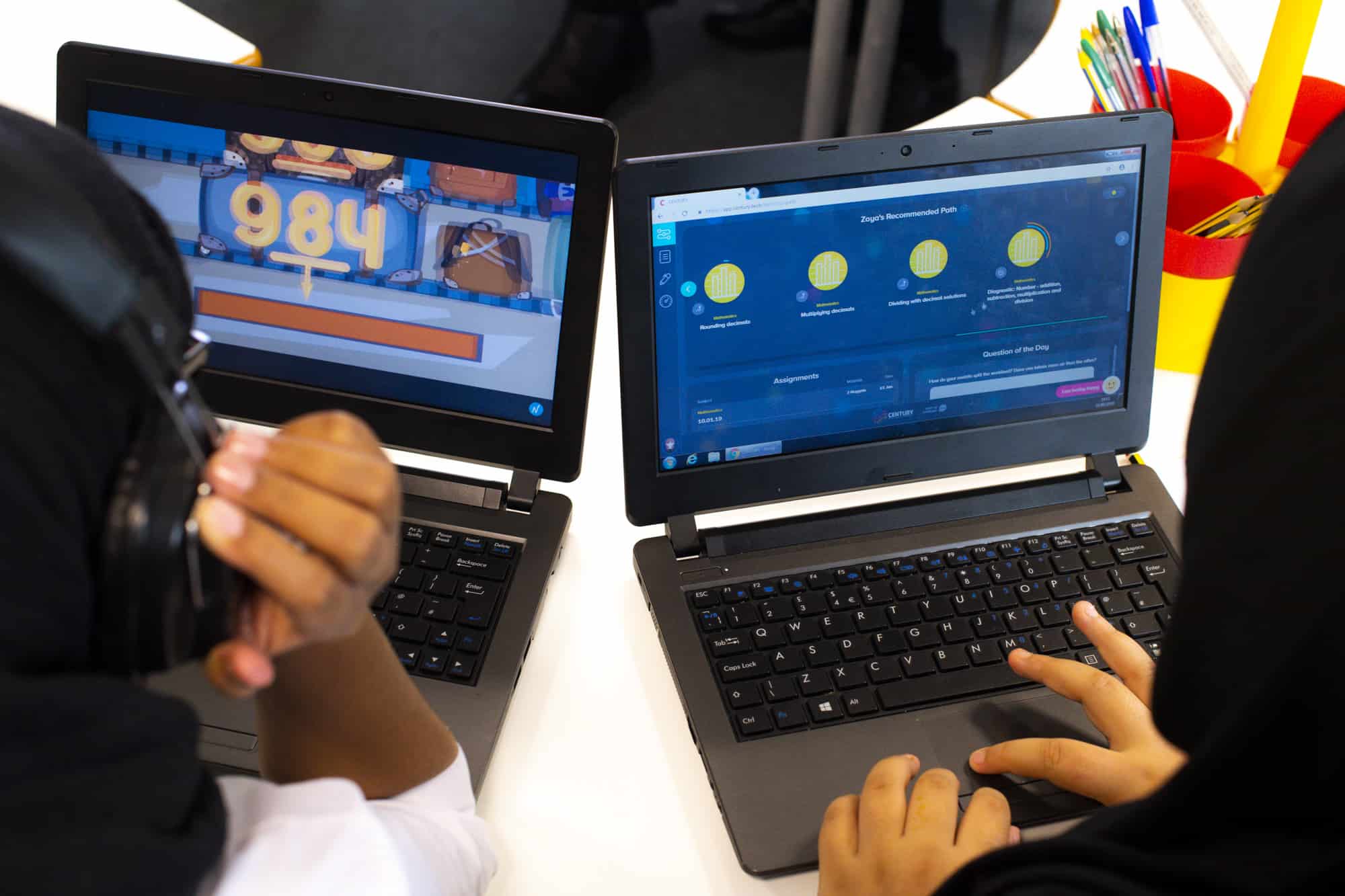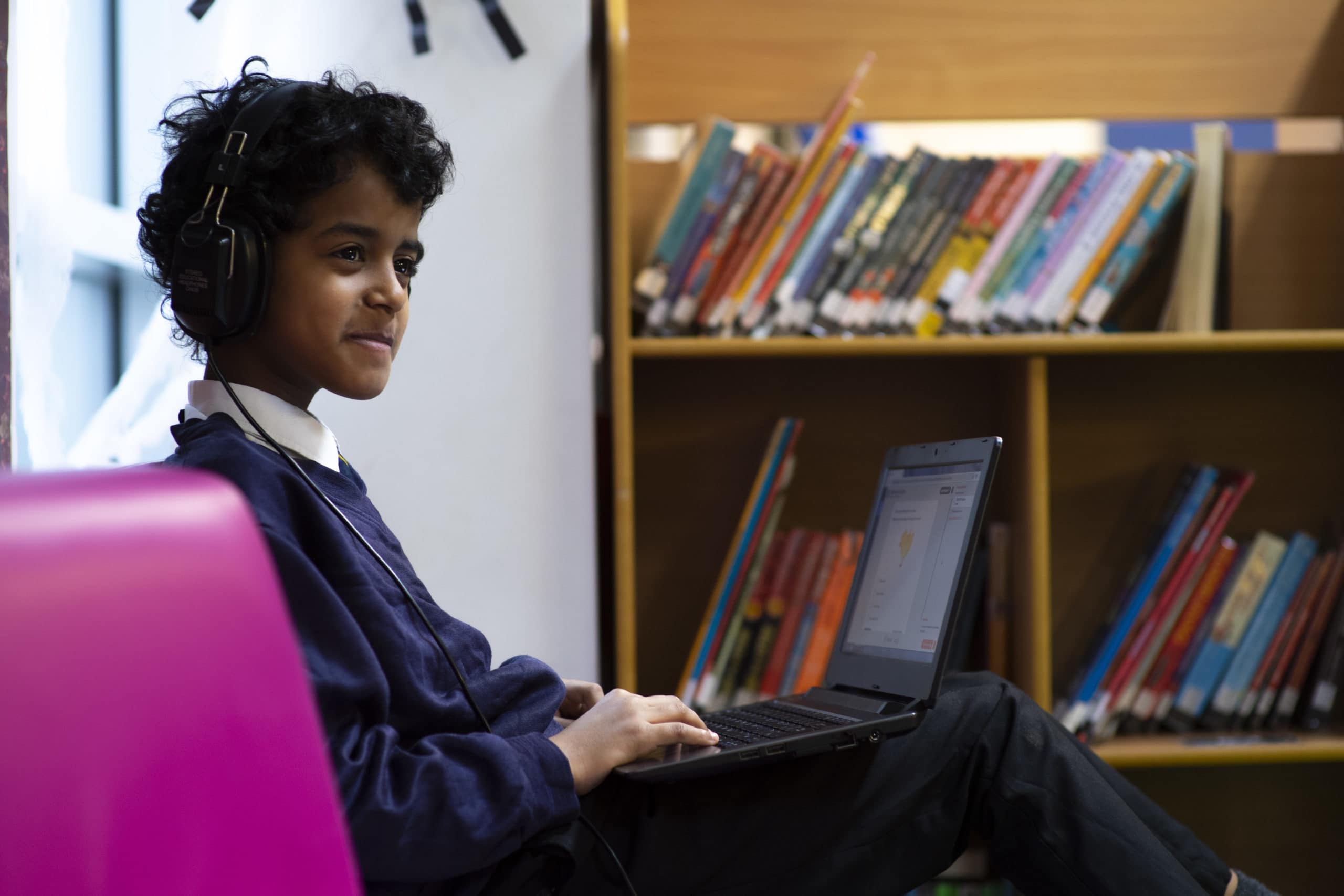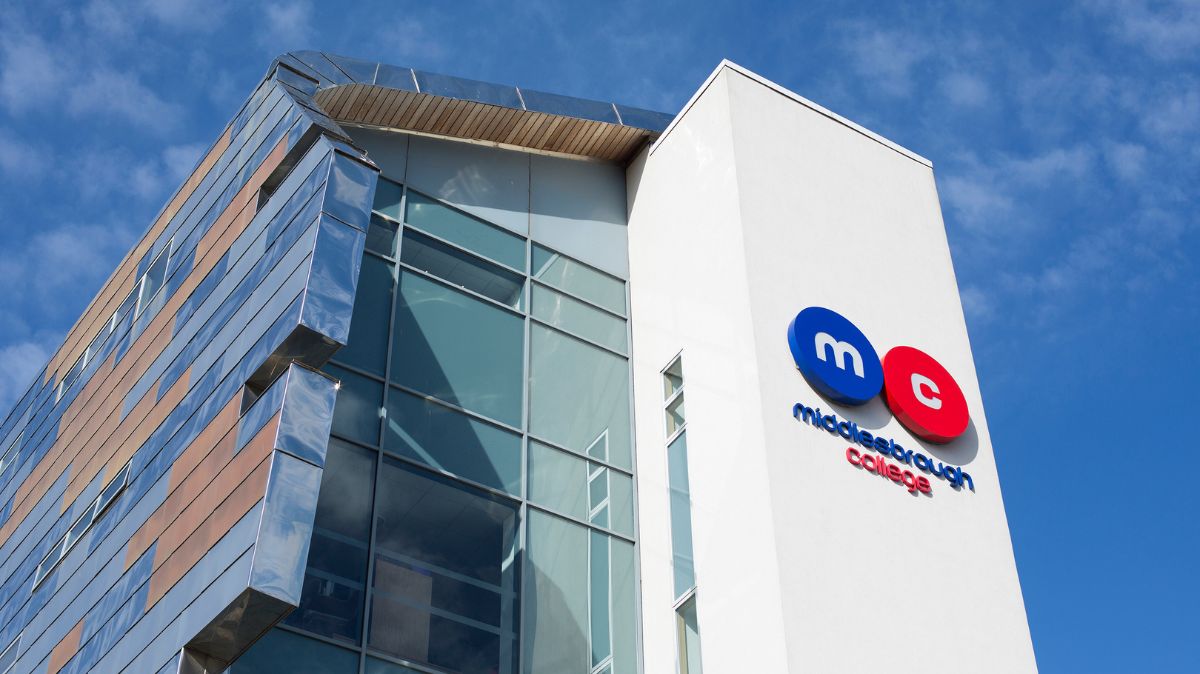Estimated reading time: 7 minutes
In life, we all start more or less the same – strange-looking, miniature people. The world doesn’t mean much to us yet, but as our eyes open and our minds absorb information, we head off down our own individual path into personhood. By the time we sit cross-legged on the carpet on our first day at school, complex factors beyond our control already have the potential to influence our development. Attainment statistics reveal that this affects some groups of pupils more than others.
And that statistical difference is not insignificant. By the time disadvantaged pupils take their GCSEs, their attainment is more than 18 months behind their more advantaged peers. This gap had been decreasing until 2018, when it increased by one week. While small, this increase could represent a turning point, after which the gap starts to widen again, undoing the progress that has been made.
The pandemic is widening the attainment gap
The coronavirus pandemic, and the resulting lockdown and school closures, is set to make this situation even worse. The attainment gap could increase by up to 75%, according to Education Endowment Foundation (EEF) research. Becky Francis, head of the charity, says that "children learn less when they are not in school", and that their analysis shows that "this particularly impacts those from disadvantaged backgrounds and widens the attainment gap."
However, Becky says that we can make practical steps to "minimise the size of the gaps that are opening up – both while pupils are learning remotely, and as they begin to return to school." This includes one-to-one tuition, effective remote learning and catch-up classes.
How can schools address the potentially drastically widening attainment gap? Well, ‘disadvantaged children’ are not some uniform block of people with identical needs – they are individuals like any other, each with their own backgrounds, and we should not patronise them by assuming they all need extra help simply because of their family circumstances. But what we do know is that every child deserves to be given the resources and support to fulfil their potential at school. We cannot afford what could happen to society if we continue to fail to support all children, especially with the pandemic and lockdown affecting them the hardest.
Teachers are leaving the profession in droves
Before specific efforts to close the attainment gap can even be considered, it's important to first acknowledge the biggest challenge we face: bright, newly-qualified teachers are leaving the profession in droves. Improving education for those who may require more support can only be made harder when you are haemorrhaging talent. The National Education Union found that two in five teachers do not think they will be working in education by 2024, with rising workloads commonly cited.
Freeing up teachers’ time to teach – and close the attainment gap – has numerous solutions and we should focus on what works. In sectors from healthcare to leisure and now to education, technology is playing a vital role in reducing workload, freeing professionals to get on with their jobs. For teachers, technology can streamline many tasks, such as most forms of marking, lesson planning, data reporting and feedback, creating more time and energy to support their students.
Edtech is also directly helping teachers to better educate disadvantaged students to help close the attainment gap. At CENTURY, our educational platform extends personalised learning to all children via the use of cutting-edge artificial intelligence. Our machine learning algorithms respond to how each pupil learns and devise a unique learning path, tailor-made to every student. Gaps in knowledge are identified and remedied through a combination of digital lessons and support from the teacher, who is newly-empowered by the wealth of data available on every student’s performance.
From going into our schools I've seen first-hand how technology can benefit disadvantaged students the most. The ability to get on with your learning at your own pace, without judgement of other pupils, can be a game-changer for those who might struggle more than others.
Technology can effectively help disadvantaged students
Importantly, these technologies can be equally as effective for disadvantaged students as others. CENTURY was a participant in the first cohort of the UCL EDUCATE programme, and analysis we conducted with their help showed that Pupil Premium pupils scored around the same on CENTURY as their peers.
CENTURY is being used by hundreds of schools across the world to combat the educational fall-out of the pandemic and its lockdown. We have spoken to many of these schools in order to share how they are using edtech as part of their remote learning plans. You can read more on this on our website from King’s College, The British School of Panama, Deira International School, Hastings School and Michaela Community School.
The attainment gap is complex and technology is certainly not a silver bullet. While edtech and proper remote learning plans will help, it will be human teachers who eventually close it. They are the friendly figure that stands at the front of the room on the first day of school, with all the inquisitive faces staring back at them. They help children through tough times at home, through challenges in school, through adversity that they may face in society.
If we can support these teachers, and provide them with the tools they need to help all of their students thrive – especially during the pandemic's disruption – we might just create a system in which absolutely everyone can achieve their potential.
By Zoë Green, of CENTURY’s Customer Success team. To find out more about how CENTURY can help your school, book a demo with our team.





